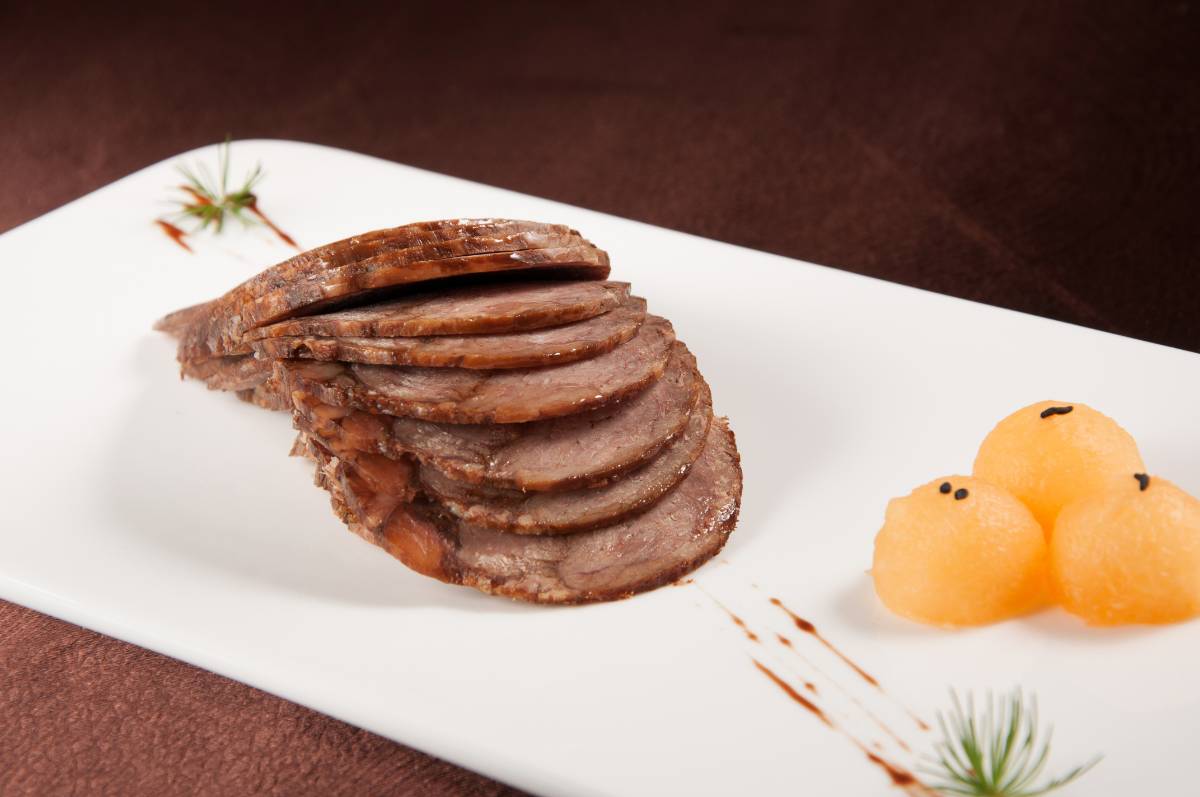Beijing, the bustling capital of China, is not just renowned for its rich history, architectural wonders, and vibrant culture. It also boasts a culinary tradition that is as diverse and dynamic as the city itself. One dish that truly captures the essence of Beijing is Beijing Beef. Today, we’ll journey through the tantalizing world of this delightful recipe, explore its variations, and delve into its relationship with Beijing. As an added bonus, we’ll talk about how it has made its way to American shores through popular chains like Panda Express.
Table of Contents
The Classic Beijing Beef Recipe
At its heart, Beijing Beef is a simple yet savory dish. It primarily comprises crispy beef strips glazed in a tangy, sweet, and slightly spicy sauce. It’s a delightful interplay of flavors and textures that reflects the boldness and versatility of Beijing cuisine.
The classic Beijing Beef recipe involves coating thin beef strips in cornstarch and then deep-frying them until crispy. The sauce, made of ingredients like garlic, ginger, sugar, vinegar, soy sauce, and red chili peppers, is then cooked until thickened and poured over the beef. Finally, the dish is served with a garnish of fresh scallions.
Just as Beijing is known for its perfect blend of ancient traditions and modern advancements, Beijing Beef harmoniously balances various flavors and textures to create a dish that is both timeless and contemporary.
Variation 1: Baked Beijing Beef
The first variation we’ll explore is Baked Beijing Beef. Instead of deep-frying the beef, this recipe involves baking it to a crispy finish, reducing the overall oil content without compromising on the taste. The sauce, like the classic recipe, contains all the usual suspects—garlic, ginger, soy sauce, vinegar, sugar, and chili peppers.
The baked version is representative of Beijing’s commitment to evolution and adaptability. Beijing is a city that’s always striving to find the right balance between maintaining tradition and promoting healthful living. Similarly, Baked Beijing Beef is an adaptation of the traditional recipe, offering a healthier yet equally delicious alternative.
Variation 2: Beijing Beef with Vegetables
The next variation incorporates vegetables into the dish. Common choices include bell peppers and onions, though other vegetables can also be used based on personal preference. These additions bring in an extra layer of crunch and make the dish even more wholesome.
The infusion of vegetables reflects Beijing’s diversity, mirroring the city’s cosmopolitan character, teeming with various cultures, ethnicities, and lifestyles. Just as Beijing’s cityscape features a vibrant mix of different elements, this variation of Beijing Beef is a colorful medley of various ingredients.
Variation 3: Panda Express Beijing Beef
Finally, we come to Panda Express’s version of Beijing Beef. The famous American fast-food chain, which was founded in 1983 by Andrew Cherng and his father, Ming-Tsai Cherng, introduced this dish as a part of their mission to offer American Chinese cuisine5. Their recipe uses similar basic ingredients, with the addition of ketchup to the sauce, and bell peppers and onions cooked with the beef.
Panda Express’s Beijing Beef showcases the international reach and adaptability of Beijing cuisine, much like how Beijing itself has become a global city. It also represents the blending of cultures, where a traditional Chinese dish is tweaked to cater to American taste buds, mirroring the multicultural spirit of Beijing.
Conclusion
Beijing Beef is more than just a delightful, savory dish. Its various iterations symbolize the dynamism, versatility, and multiculturalism of Beijing. Whether it’s the classic Beijing Beef, a baked variation, a veggie-infused version, or Panda Express’s take, each recipe showcases a different aspect of Beijing’s character.
When you savor a plate of Beijing Beef, remember that you’re not just enjoying a delicious meal, but also taking a culinary journey through the rich history, culture, and spirit of Beijing.


